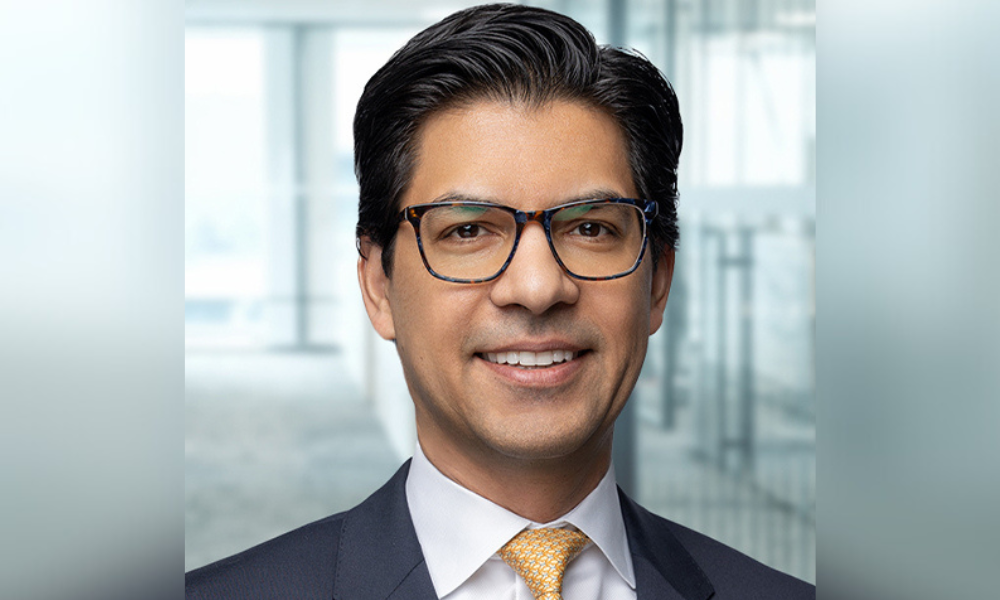Despite concerns about their lack of retirement savings, most Canadians aren’t contributing to RRSPs
Three industry insiders give their views on this contentious issue.

Darcie Crowe, Senior investment advisor and portfolio manager, Canaccord Genuity Wealth Management:
“Many Canadians choose not to contribute to their RRSP, despite a pertinent concern to save for retirement years. Some are placing greater importance on debt repayment or prefer to invest in a tax-free savings account [TFSA]. Many do not fully comprehend the tax benefits provided by RRSPs, and others simply do not have the required funds available to contribute. This decreased emphasis on saving is raising alarm that Canadians are headed for a retirement crisis. We encourage clients to prioritize saving for retirement
year-round. Establishing a monthly contribution within your overall budget will ensure you remain committed to your retirement goals throughout the calendar year.”

Leony deGraaf Hastings, Financial advisor, deGraaf Financial Strategies:
“I think the disconnect is between Canadians’ hearts and their heads. It’s like most of us who say we want to lose weight, but we don’t want to make healthy food choices or get up off the couch and break a sweat. The struggle is between living for today and hoping for tomorrow. We have so many demands on our spendable dollars today, which makes it difficult for most Canadians to prioritize their spending. In theory, most would like to save for a rainy day, but in reality, that ‘shiny new thing’ is just a debit or credit card swipe away. We need to take a lesson from our grandparents. They saved first, then they spent – but they also didn’t have Amazon.”

David Feldberg, Managing director, Desjardins Financial Security Independent Network;
“Since many Canadians still do not seek the advice of an independent financial planner, most do not have a written retirement plan to follow. Without a retirement plan, contributions to an RRSP are likely not automatic; it must be ‘resold’ to them annually or fit in at the last minute. Canadians with a retirement plan will generally automate their contributions. There also has been a huge demographic shift with more Baby Boomers leaving the workforce and no longer having earned income from which to contribute. Meanwhile, millennials have not yet adopted the RRSP because they are staying in school longer and leaving with greater debt, without the prospect of
meaningful full-time employment.”

Darcie Crowe, Senior investment advisor and portfolio manager, Canaccord Genuity Wealth Management:
“Many Canadians choose not to contribute to their RRSP, despite a pertinent concern to save for retirement years. Some are placing greater importance on debt repayment or prefer to invest in a tax-free savings account [TFSA]. Many do not fully comprehend the tax benefits provided by RRSPs, and others simply do not have the required funds available to contribute. This decreased emphasis on saving is raising alarm that Canadians are headed for a retirement crisis. We encourage clients to prioritize saving for retirement
year-round. Establishing a monthly contribution within your overall budget will ensure you remain committed to your retirement goals throughout the calendar year.”

Leony deGraaf Hastings, Financial advisor, deGraaf Financial Strategies:
“I think the disconnect is between Canadians’ hearts and their heads. It’s like most of us who say we want to lose weight, but we don’t want to make healthy food choices or get up off the couch and break a sweat. The struggle is between living for today and hoping for tomorrow. We have so many demands on our spendable dollars today, which makes it difficult for most Canadians to prioritize their spending. In theory, most would like to save for a rainy day, but in reality, that ‘shiny new thing’ is just a debit or credit card swipe away. We need to take a lesson from our grandparents. They saved first, then they spent – but they also didn’t have Amazon.”

David Feldberg, Managing director, Desjardins Financial Security Independent Network;
“Since many Canadians still do not seek the advice of an independent financial planner, most do not have a written retirement plan to follow. Without a retirement plan, contributions to an RRSP are likely not automatic; it must be ‘resold’ to them annually or fit in at the last minute. Canadians with a retirement plan will generally automate their contributions. There also has been a huge demographic shift with more Baby Boomers leaving the workforce and no longer having earned income from which to contribute. Meanwhile, millennials have not yet adopted the RRSP because they are staying in school longer and leaving with greater debt, without the prospect of
meaningful full-time employment.”



